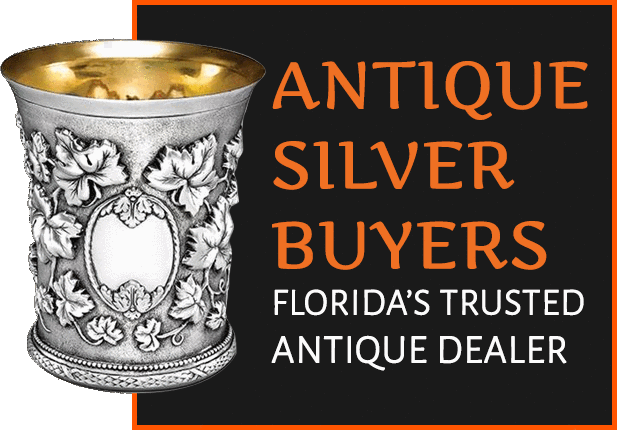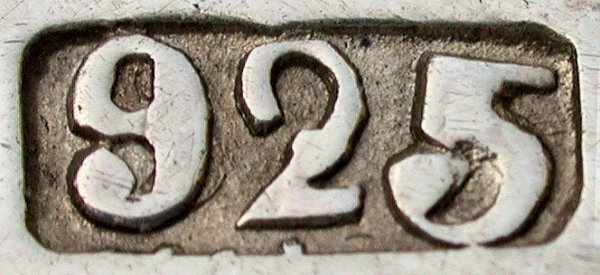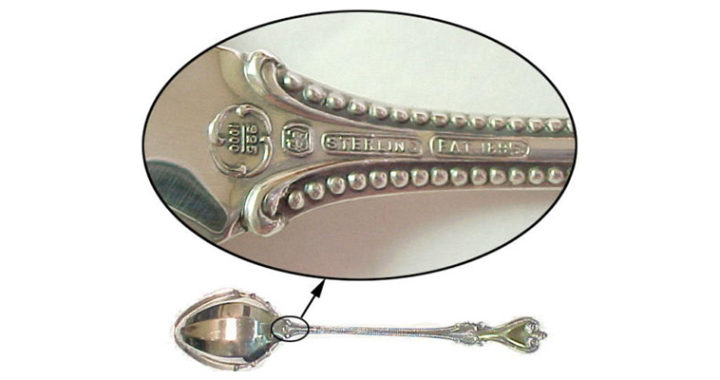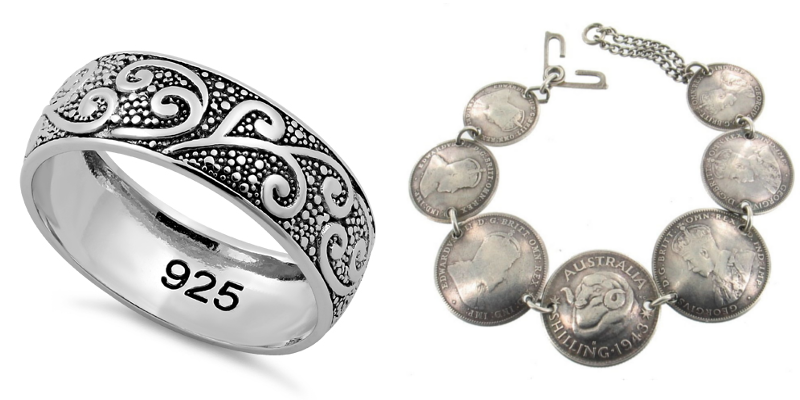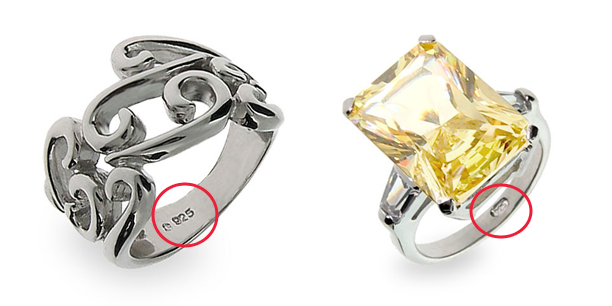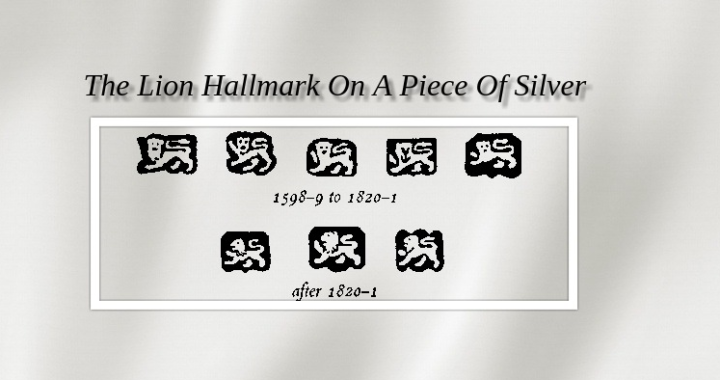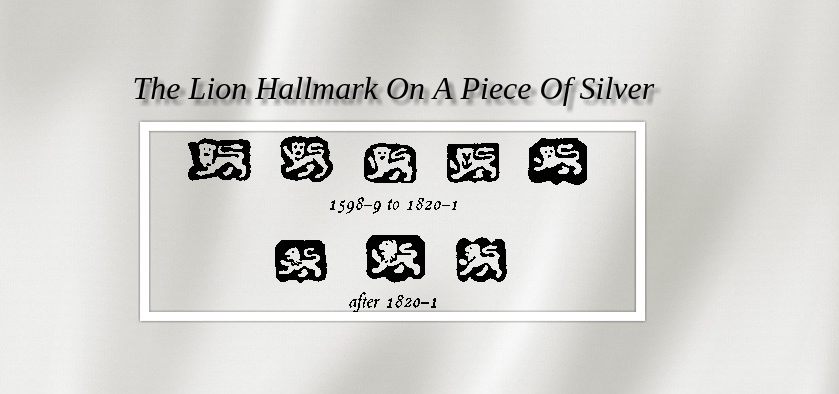If you have a set of antique sterling silverware, you might be wondering what the pattern is or if what you have is actually an authentic set of sterling flatware. The first thing you’ll want to do is look for the Sterling name on the silverware. In most cases, you’ll find the word sterling on the back of each piece’s handle. In some cases, your silver may have a different identifying logo that is used to mark sterling pieces.
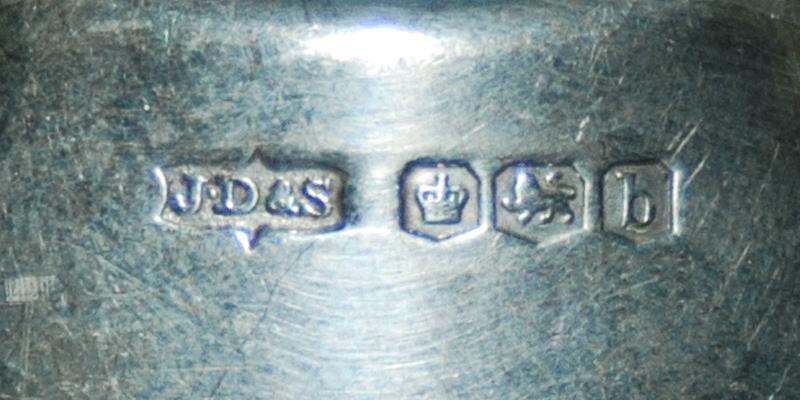
Is There a Manufacturer’s Mark?
Next, you’ll want to determine which of the sterling silver patterns you have. There are a good number of these patterns. It can help if you can find the manufacturer’s identifying mark. This is often also located on the handle, although this may be a company logo and not a name. You can look online to find a catalog of the different sterling manufacturers and their related logos. Finding this logo is the easiest way of identifying your sterling silver patterns.
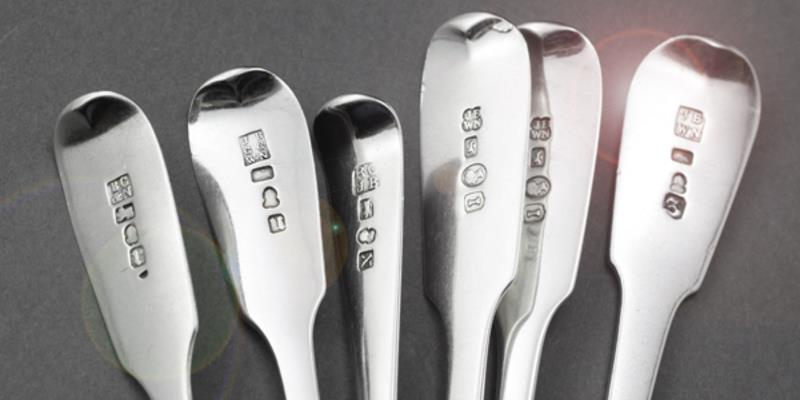
Determine the Pattern
Once you’ve learned which manufacturer created your antique sterling silverware, you can determine the pattern. Again, the internet is a great resource for this. There are websites devoted to cataloging all of the different antique silverware markings out there, and these sites often include detailed images of the various patterns. All you need to do is look at the images available and see which one matches your silverware.
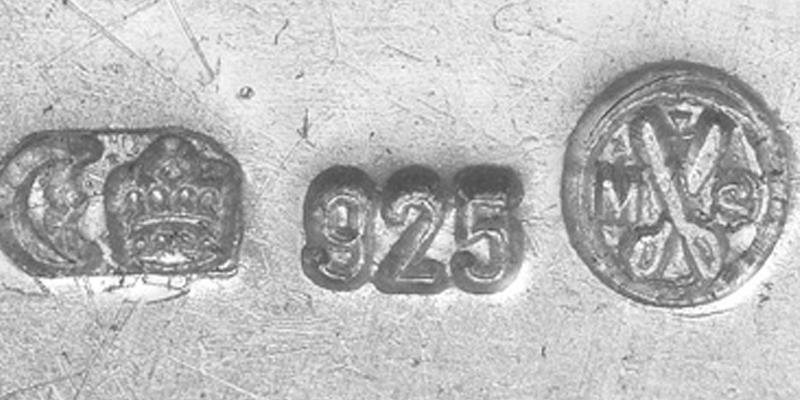
Tips for Silver Patterns Identification
If you’re having difficulty determining which silver pattern you have, here are a few additional tips that can help you narrow it down.
- Polish your silverware if you’re having difficulty determining the manufacturer’s mark. Sometimes cleaning it can make it easier to identify.
- Look for “925” or another number. This identifies how much of the piece is made from bsterling.
- Sometimes looking for antique silverware markings that show your silver flatware set is not sterling silver is just as helpful as looking for sterling marks. If you see “IS” or “A1” on your silverware, it indicates that the piece is silver-plated, not sterling silver.
- There are some companies that provide silver patterns identification services. You take a clear picture of your silverware pattern and email or fax it to them. Their experts then help you determine the pattern.
- Remember that some manufacturers changed their company marks over time, especially when a company was bought out or merged with another. If the mark you find doesn’t quite match the image you see online, continue your search into that manufacturer to see if they used a different mark at some point.
